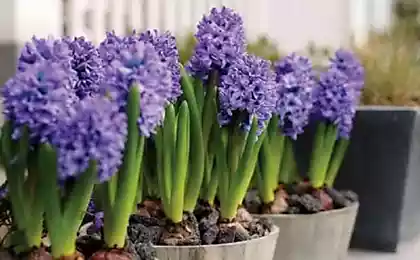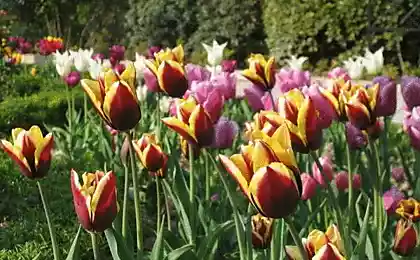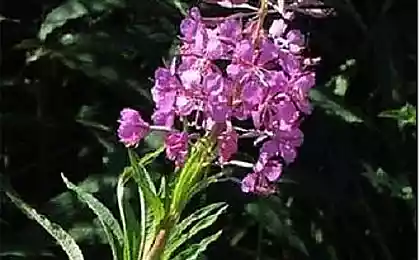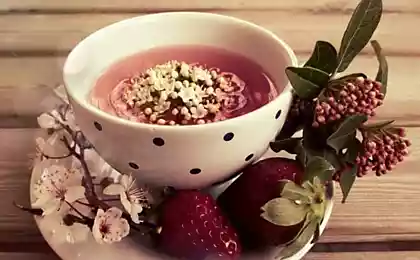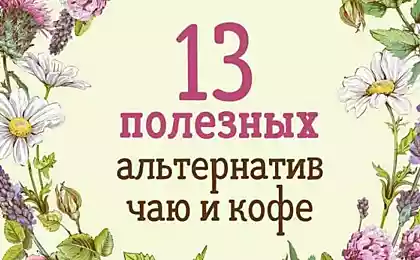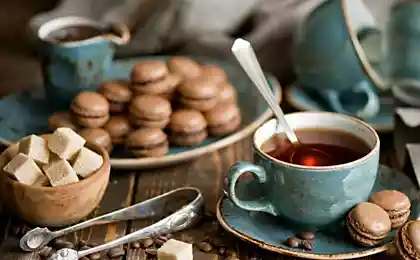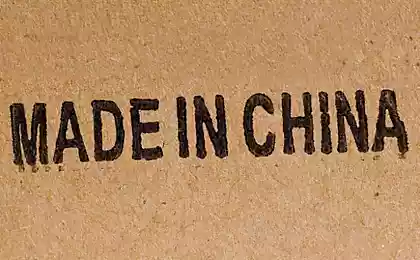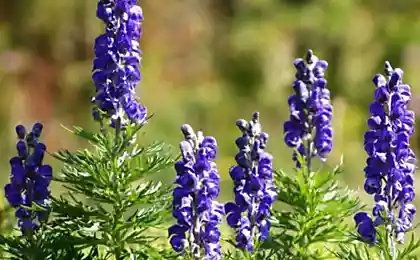161
Incredibly beautiful Chinese flower tea

Each of us begins the morning in its own way: someone with a jog, someone with a cup of coffee, and someone enjoys a bright spectacle and the beautiful taste of blossoming tea.
For Europeans, this is a real discovery: the fascinating process of blossoming in a teapot or cup. And for the inventors of this drink, is not news. In the XIII century, in China, flowering tea was prepared for the emperor.
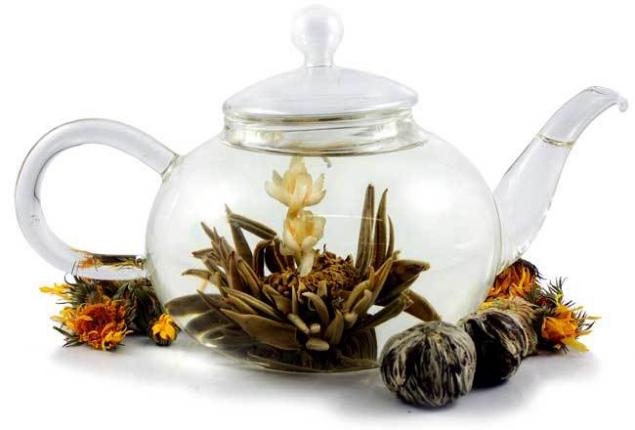
There, in the homeland, it is called “coupled” tea, because it is really connected by silk or cotton thread. The production process is not simple: tea leaves are harvested exclusively during the rainy season in the southwestern part of Yunnan and the provinces of Hunan, Sichuan, Fujian in China. They are specially prepared and dried, then sorted and transferred to the knitting shop.

Here the master collects bundles of leaves and in the middle necessarily adds a flower, two, or even a whole bouquet. All this is connected by a thread and “closes” like cabbage. Ready-made “pumpers” are wrapped in nylon fabric, they are given the final shape, and they are sent to the oven for drying.
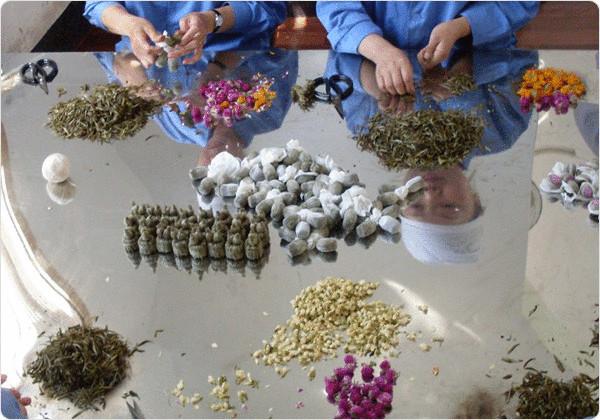
Such portioned tea can be green, less often white and black, with a subtle aroma of flowers and herbs. In addition to the difference in weight (each portion can weigh from 6 to 10 grams and is intended for brewing in dishes of different volume), the flower tea differs in shape - it can be round, ellipsoid, ring-shaped, heart, basket, barrel, fungus or star, less often a fish or dragon.

But all these types of tea have one thing in common: they fascinate with beauty and conquer with impeccable taste. Each of them contains different compositions from the flowers of chrysanthemum, jasmine, osmanthus, lily, hibiscus, amaranth, lavender, clover, camellia, calendula, lychee and peon, which give them tender names – “White lotus”, “Color of love”, “Fragrance bud”, “Angel of flowers” etc.

Another difference between flower tea and ordinary tea is the process of brewing it. First you need to pour water, and then lower the figure of bound tea into it. If you do the opposite: first put the figure, and then pour water, the jet can damage the integrity of the “flower” and it does not bloom, but falls apart.
Source: mif-facts.com.ua
